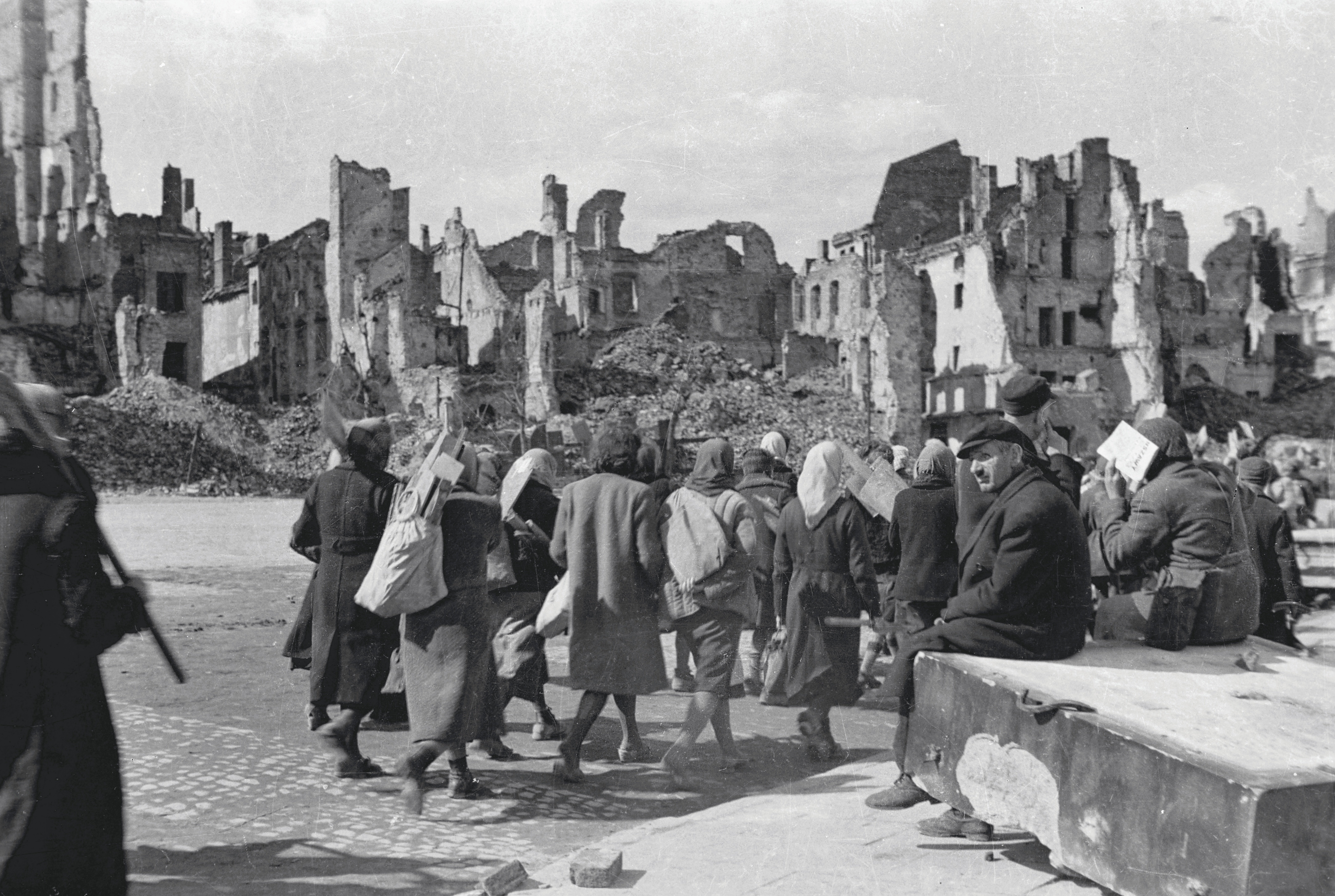Magda Szymańska ed., Warszawa zapamiętana. Powroty 1945-1949 (Warsaw: Dom Spotkań z Historią, 2020), 42. All translation from Polish by the author.
The concept started to be used widely only in the 1990s in the context of Bosnian war, see: Martin Coward, Urbicide: The Politics of Urban Destruction (London: Routledge, 2008).
Szymańska, Warszawa zapamiętana, 103.
Szymańska, Warszawa zapamiętana, 103.
Zsuzsa Gille, From the Cult of Waste to the Trash Heap of History: The Politics of Waste in Socialist and Postsocialist Hungary (Bloomington: Indiana University Press, 2007).
Lyudmila Kuznetsova, “Customary law basis for workforce employment in Ukrainian village: historical and legal aspects,” Legea şi Viaţa no. 11/2(299), (2016): 62–64.
Mark Jarzombek, ‘The Quadrivium Industrial Complex’, e-flux Architecture, accessed April 19, 2025, ➝.
The estimates for Germany, Poland, Soviet Ukraine, Belarus, and Russia published in: Kazimierz Tyszka, “Problemy odgruzowywania miast” {Problems of rubble clearance}, Inżynieria i Budownictwo {Engineering & Building} V, nos. 1–2 (1948): 3–9. The estimates were based on the amounts self-reported by the administration of respective countries and should be treated as very rough estimates.
Marshall Berman, All That Is Solid Melts into Air: The Experience of Modernity (New York: Penguin Books, 1988), 99.
Ada Louise Huxtable, Will They Ever Finish Bruckner Boulevard? A Primer on Urbicide (Springfield, OH: Collier Books, 1970).
See ZODIAK Warsaw Pavilion of Architecture website: ➝.
See Obieg website: ➝.
Luc Boltanski and Arnaud Esquerre, Enrichment: A Critique of Commodities (Cambridge, UK: Polity Press, 2020).
Tania Pashynska and Yuliia Holiuk, “On the road,” e-flux Architecture, accessed April 19, 2025, ➝.
Framing Renovation is a collaboration between e-flux Architecture and the Faculty of Architecture of the University of Ljubljana within the context of the 2024–25 LINA Architecture Program.
